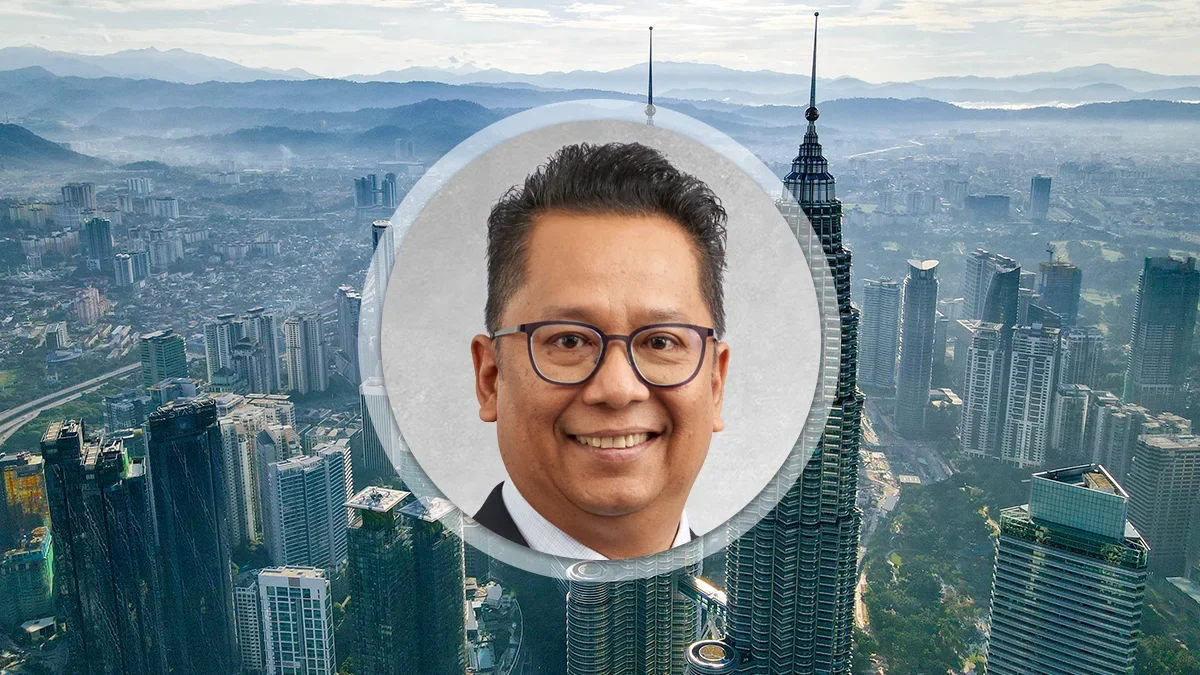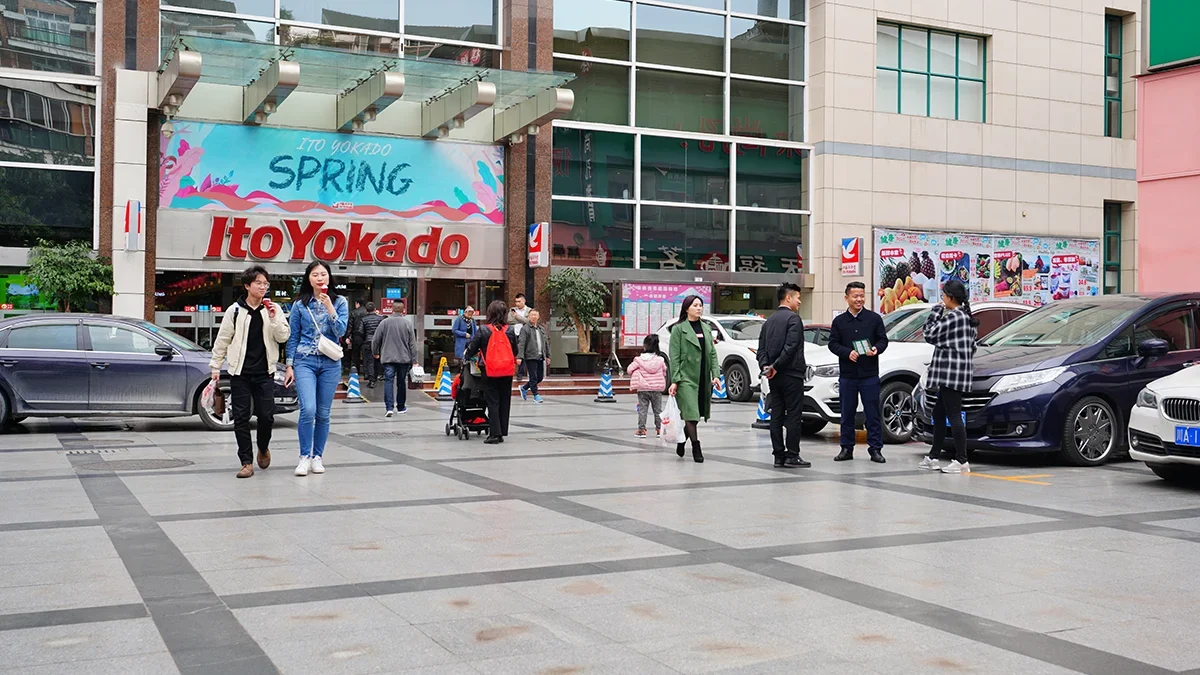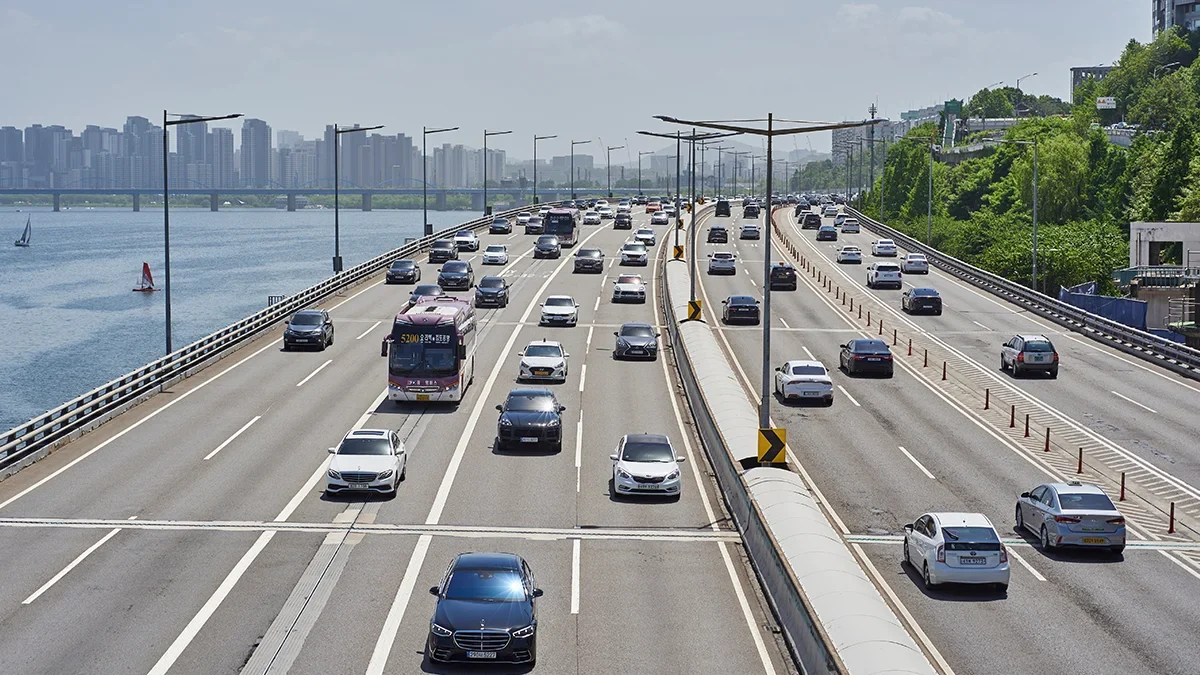(Re)in Summary
• Investment in infrastructure is steadily increasing across APAC, with the region projected to be spending $3.8 trillion on infrastructure a year by 2040.
• The push towards renewable energy is creating additional demand for infrastructure investment.
• Demand for insurance is rising in line with the growing number of large-scale engineering projects. Business interruption solutions are proving especially popular.
• There have been some headwinds to infrastructure investment, such as the economic slowdown in China, but these have not derailed the overarching trend.
• Engineering projects come with several significant risks, but one of the hardest to underwrite is nat cat. Parametric solutions could help.
Since Covid-19 ended, investment in APAC’s creaking infrastructure has bounced back. A new airport in the Philippines. More high-speed railway links across China. The development of Hanoi’s metro system. All of these projects, and many others that are also in the pipeline, require complex engineering solutions that not everyone can offer.
According to the G20’s Global Infrastructure Outlook, by 2040 Asia (which excludes Australia and New Zealand) will need to spend US$2.54 trillion per year in order to meet current development goals. Current trends suggest that the region will be spending US$2.29 trillion per year on infrastructure by 2040, leaving a shortfall of US$250bn per year.
The relentless push towards renewable energy may also increase the need for infrastructure investment, with the Swiss Re Institute predicting that, between 2022 and 2035, 49% of compound annual growth will come from APAC
“Asia’s continued economic growth is supported by investments into infrastructure. The infrastructure, whether publicly or privately funded, or perhaps a combination of public-private partnerships, creates a growing number of engineering and construction projects,” says Trent Cannings, Regional Head of Natural Resources and Construction and Head of Specialty for APAC at Allianz Commercial.

Trent Cannings
Regional Head of Natural Resources and Construction and Head of Specialty for APAC at Allianz CommercialCannings says that key sectors requiring investment include transport infrastructure, technological infrastructure and renewable energy infrastructure. He says that insurance has a key role to play in supporting the development of engineering projects throughout their lifecycle, not only during the planning and construction phases, but then eventually into their longer-term operational phase and eventually end-of-life decommissioning.
“This trend and need for engineering and project construction support can be seen all across Asia,” he says.

Axel Roesner
Regional Head of Global Corporate and Commercial, Asia at GeneraliAxel Roesner, Regional Head of Global Corporate and Commercial for Asia at Generali, says that there appears to have been a significant increase in infrastructure investment across the region since the end of the global Covid-19 pandemic, especially in terms of support given to renewable energy projects.
“The post-Covid era has seen a shift in funding from the government sector to the private sector, which have been incentivised with tax benefits and other schemes to invest in renewable energy,” says Roesner.
Dawood Yeung, Generali’s Head of Construction for Asia, adds that there is particularly strong demand for business interruption coverage linked to engineering projects at the moment.
“I think that this is because of the longer lead time that some of these projects now need, especially those that require more sophisticated equipment,” says Yeung. “The decoupling of the supply chain during Covid means that, even now, we are still seeing significant delays in procuring the necessary items.”
There have also been a few headwinds to the growth of infrastructure investment. The most noticeable one has been a slowdown in the Chinese economy, which has struggled to bounce back from the draconian restrictions put in place during the pandemic. Earlier this year, Beijing instructed several heavily-indebted local governments to halt some state-funded infrastructure projects.
“That dried up a bit of the market,” says Yeung. “However, China is big enough so that, even with this downturn, we are still seeing significant engineering projects coming through.”
Capacity shortfall
When it comes to underwriting engineering projects, there are several risks to watch out for.
“Typical projects are being managed around key parameters of time, cost and quality to achieve their end state purpose. There are many sources of potential risk when planning or executing a project including contractual risk, natural catastrophes, labour quality and quantity, project cost escalation, quality of design and workmanship,” says Cannings.
Out of all of these risks, the one that appears to be causing most of an issue for engineering insurers is that of nat cat.
“There appears to be quite a bit of capacity and appetite in the market for the traditional contract works / engineering risks. So if there are (damage-based) fires, machinery breaks down and construction related perils need to be protected, the brokers are able to get this over the line. But there doesn’t appear to be enough nat cat capacity in the traditional markets,” says Ben Qin, Head of North Asia and Australia for Descartes, an MGA that provides parametric insurance solutions for climate, cyber and other emerging risks.
Qin says that Descartes’ parametric solutions are being used on an increasing number of complex engineering projects, underscoring the shortage of nat cat capacity in the market.
“We see many insurance policies where the engineering underwriter can do everything apart from named nat cat perils beyond a certain CAT sub- limit. This is where we come in. We plug the capacity shortfall with a wraparound or a top-up, as well as offer an alternative to the client around non-damage based protection,” says Qin.

Ben Qin
Head of North Asia and Australia at DescartesDescartes has done a number of these deals in Asia and Australia, and is anticipating more to come on the back of growing appetite for engineering insurance. Qin says the offshore wind markets of China, Taiwan, Korea and Japan offer good opportunities for such transactions. Flood risk for engineering projects in places like Laos, Nepal, Thailand and Vietnam will be another area to explore.
While Qin has a clear business interest in talking up the challenges of nat cat underwriting, others in the market agree with his assessment.

Dawood Yeung
Head of Construction, Asia at Generali“If you ask me what the main risks that engineering and construction insurers are facing in Asia, I would put cat at the top of the list,” says Yeung from Generali, as he rattles off a number of incidents that have worried APAC’s engineering underwriting community.
Such incidents include extensive damage caused by flooding in Hong Kong late last year, recent flooding in China’s Qhongqing province that caused an estimated $13 billion in nat cat losses and some particularly significant floods in India.
“This is something that all insurers, especially construction insurers, are paying close attention to,” says Yeung.













